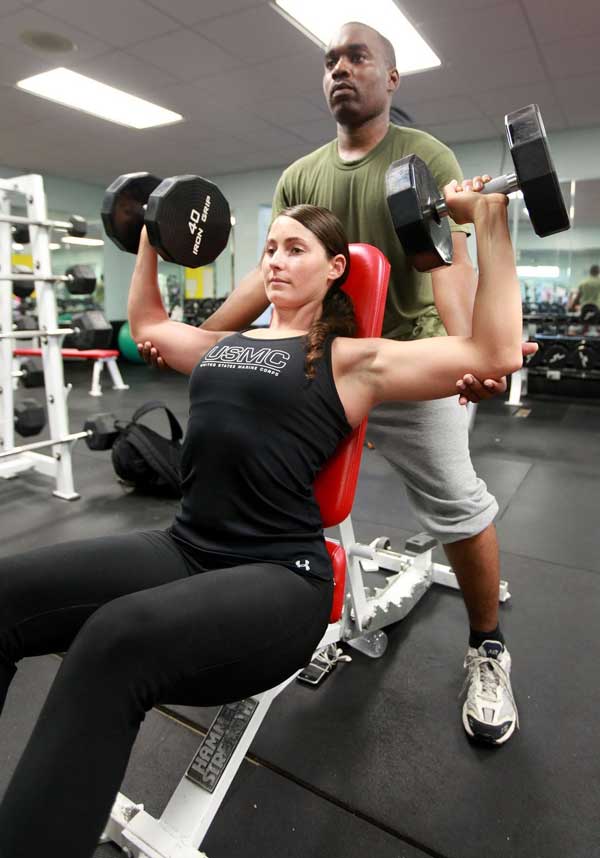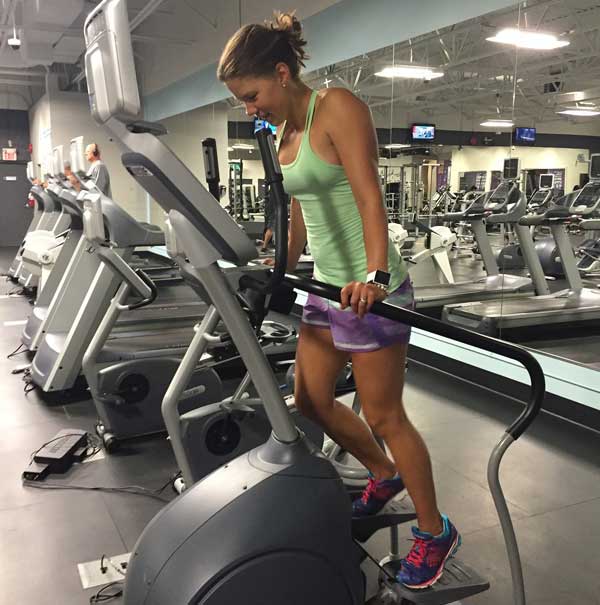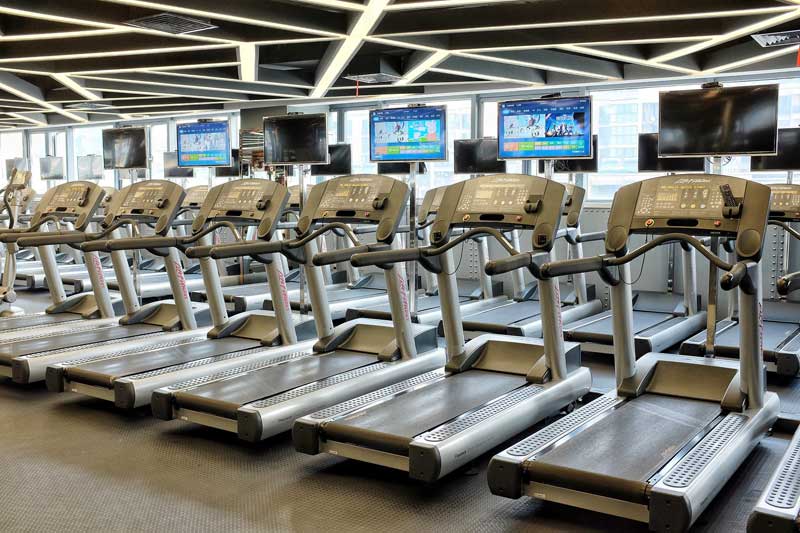BRINGING ILW🚲 (INTERACTIONAL LANGUAGE WORKOUT)[*] TO LIFE
(By Ramón D. Marín)

While I was in the United States, I used to think extensively about why it was that I found it so difficult to communicate in English in real life situations, in spite of having studied English For 4 years in college, been an English teacher for 7 years, and finished graduate studies on English teaching methodologies, which were conducted in English.
Soon after I came back to Colombia, I started writing some notes/conclusions on the matter, which were posted in 2015: ( https://future-of-humanity.orgfree.com/english/prjs/prj11/interactional_language_workout_V001.html ). Recently, I realized that those notes were incomplete without an elaboration on how they can be turned into a method to language teaching. This paper is the sketch on how that can be achieved. “ILW🚲 (Interactional Language Workout)” has the potential to be a language learning/teaching method, able to achieve much better results in much less time than traditional methods. It can be implemented as a high school experiment, but it might be more suitable for learners older than (perhaps) 16, with the materials and contents on computer, video, and audio. A downside to it is that everything such a course requires would have to be created almost completely from scratch, but this could be compensated for, by making those contents and materials available to as many users as possible; which means it would be a big undertaking. However, the kind of grammar, reading, listening, writing, vocabulary, etc. exercises used in traditional methods could be used as complementary/optional activities in the experiment outlined here.
-
A self-learning system in which high school students can advance at their own rhythm and taste. Completing a certain number of levels in the program should be mandatory; going higher, optional and rewarded.
-
The contents would be delivered via computer, video, and audio, using applications and devices designed specifically for ILW🚲. This means the experiment would have to be done in a school where every student has one computer at his/her desk. Since it’s not possible/practical to have so many computers only for the English class, it would have to be a school where all the contents are delivered in this way. This would then be not just a language learning experiment, but a self-learning experimental school where all subjects of the curriculum are delivered through computer, video, audio, etc., with the teachers acting as facilitators/tutors and evaluators.
-
Learning a language shouldn’t have to be a difficult thing. A wholistic/inductive approach can do the miracle of turning language learning into an easy undertaking.
-
The experiment should be started in a city where enough students with all what it takes to learn on their own by the ILW🚲 method[**] can be gathered. Because of the undemonstrated effectiveness of the method, at the beginning, not everyone will want to engage in the experiment, but as results are shown, more participants will be willing to.
-
It could be attempted with sixth grade students, but a couple of years older students would be more suitable for the beginning of the experiment. My calculation is that the more results are shown the higher the number of (and the younger) those willing to give it a try.
-
The language lessons would be mostly conversations but also articles, movies, songs, graded-series, short stories (at higher intermediate levels); etc. All of them recorded in either video or audio, with transcript available. They should have an emphasis on the interactive function of the language (see https://future-of-humanity.orgfree.com/english/prjs/prj11/ interactional_language_workout_v001.html ).
-
Translation of the transcripts word by word and of the whole text should be available to turn language learning, which is something rather difficult and very time consuming, into something easy and fast.
-
Every lesson might include optional/complementary (grammar, reading, vocabulary, etc.) exercises, besides the main content, to add some dynamism to the learning process.
-
The lessons should run on computer applications and devices designed specifically for ILW🚲.
-
The students should engage in intensive training, like in a gym, by the spinning technique with one goal in mind: to be able to speak the language in the shortest time possible. There should be special rewards for those learners that accomplish more.
-
The estimate is that less than 7 hours of language learning in a week and a total of (about) n number of hours is a waste of time, money, resources...

-
At the appropriate level, conversation sessions and internet chats should be implemented in order to develop the speaking skill.
-
Previous to the beginning of the experiment, an online system should be implemented to gather, from volunteers, as many samples as possible of small talk and interactive function of the language in general. The objective is to create a corpus and a system that helps the learners to incorporate that corpus into their knowledge. Let’s remember that the name “ILW🚲 (Interactional Language Workout)” comes from the understanding that the language corresponding to the interactive function of the language is what the learners most immediately need to be able to communicate effectively in real life, both at beginning and advanced stages.
-
The scientific part of the language (grammar, phonetics) needs to be optional so learners do not see the learning process as something difficult. That part can always be learned on the side by those who are more interested.
-
Grammar should always be there where learners can have easy access to it. Grammar competitions and optional grammar exercises could be good ways to encourage learners to learn grammar.
-
Ideally, the program should provide the students with an audio and video reproduction device, built specifically for ILW🚲; so students can be encouraged to devote more hours than what have been scheduled at school.
-
Alternatively, extra learning sessions could be scheduled for after school, for those students who want to take them.
-
The most advanced students in every classroom should act as monitors to help those students who are falling behind.
-
Let’s create the consciousness that learning a language needs hard training, much in the way sportsmen train. That is a side to language learning that has been underestimated.
-
Let’s create the consciousness that learning a language is an exercise which is good for your mind, spirit, and paycheck; rewards for the best students and cooperation agreements with companies, institutions, and agencies might be good ways to do it.
-
The contents and materials would have to be elaborated by a team of teachers and experts in self-learning, online learning, and every one of the subjects of the curriculum. Since it wouldn’t be cost effective to have such infrastructure for only one school, it would have to be a project that aims at preparing contents that suit the needs of schools and students all around the world. From this perspective, it would have to be not only an experiment but also a business adventure that would turn into a multinational company with the potential to change the world of learning and be the school of the future.
-
This experiment could as well be cut down to the size of an online language school for adults, with tutoring sessions either on-line or in person.
-
The secret to the success of the experiment would be in showing results. After it can be proven that it is possible to achieve better results in much less time, the number of people willing to engage in learning by the ILW🚲 method would increase exponentially.

